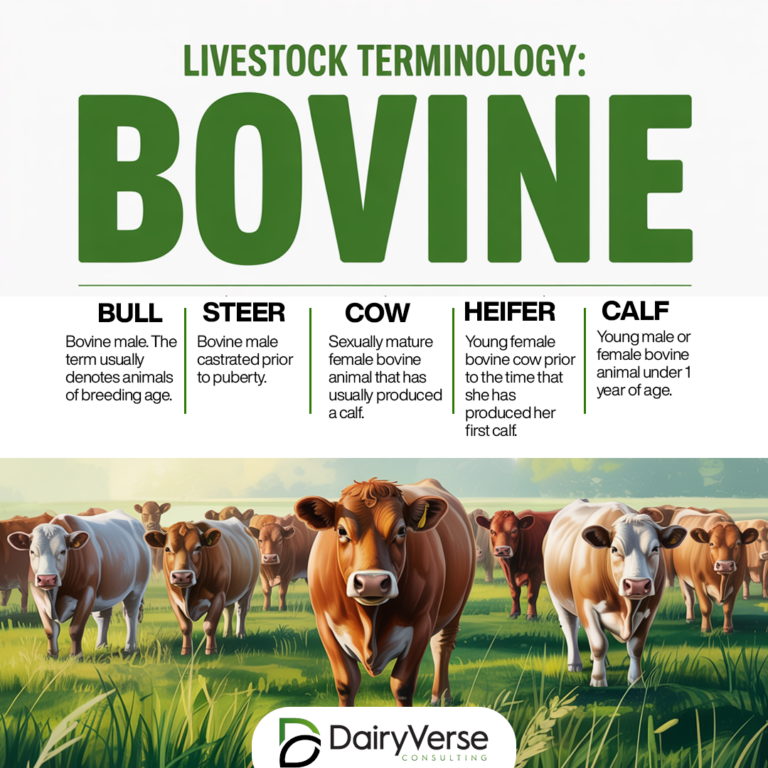Black Quarter Disease in Cattle: Causes, Symptoms, Prevention, and Treatment
Black Quarter (BQ), also known as Blackleg, is one of the most devastating diseases that can affect cattle. Caused by the bacterium Clostridium chauvoei, this disease is often fatal and requires immediate attention. Understanding its causes, symptoms, prevention, and treatment is essential for cattle farmers to protect their herds.

What Causes Black Quarter?
Black Quarter is caused by Clostridium chauvoei, a spore-forming bacterium found in soil and the gastrointestinal tract of healthy animals. The spores can remain dormant in the environment for years and are activated under certain conditions, such as trauma or injury to muscle tissue.
The disease typically occurs in well-fed, healthy cattle between six months and two years of age, as they are more active and prone to injuries, which can create an entry point for the bacteria.
How Is Black Quarter Transmitted?
The disease spreads through:
- Ingestion: Cattle consume the spores from contaminated soil, water, or feed.
- Wounds: Spores enter through cuts or bruises in the skin, often from handling or rough terrain.
- Environmental Triggers: Events like flooding or excavation can disturb spore-laden soil, increasing the risk of exposure.
Symptoms of Black Quarter
The symptoms of Black Quarter can progress rapidly, with the disease often resulting in death within 24 hours. Common signs include:
- High fever: A sudden rise in body temperature.
- Swelling: Affected muscles (usually in the legs, shoulders, or back) become swollen, hot, and painful.
- Crepitus: A crackling sound or sensation when the swollen area is pressed, due to gas buildup.
- Lameness: Difficulty moving or reluctance to stand.
- Rapid deterioration: Animals may appear healthy one moment and succumb to the disease the next.
In most cases, animals are found dead without showing noticeable symptoms, making prevention crucial.
Prevention of Black Quarter
Prevention is the most effective way to manage Black Quarter:
- Vaccination:
- Administering a multivalent vaccine (e.g., a 7-in-1 or 8-in-1 vaccine) protects cattle against Clostridium chauvoei and related bacteria.
- Vaccinate calves at 3-6 months of age and provide annual boosters.
- Proper hygiene:
- Maintain clean and dry housing environments.
- Avoid disturbing potentially contaminated soil, especially during wet seasons.
- Careful wound management:
- Treat any cuts or injuries promptly to minimize the risk of bacterial entry.
- Nutritional balance:
- Ensure cattle receive a balanced diet to support their immune system.
Treatment of Black Quarter
Treatment is only effective if administered very early. The following steps can help:
- Antibiotics: High doses of penicillin or other antibiotics effective against Clostridium bacteria should be given immediately.
- Supportive care: Anti-inflammatory drugs and fluids can help manage symptoms.
- Quarantine: Isolate infected animals to prevent further spread.
Unfortunately, due to the rapid progression of the disease, treatment is often unsuccessful, and the focus should remain on prevention.
Conclusion
Black Quarter is a deadly disease that can wreak havoc on cattle herds. Its swift progression highlights the importance of prevention through regular vaccination, good management practices, and immediate response to any signs of illness. By staying vigilant, farmers can significantly reduce the risk of losing livestock to this preventable disease.







